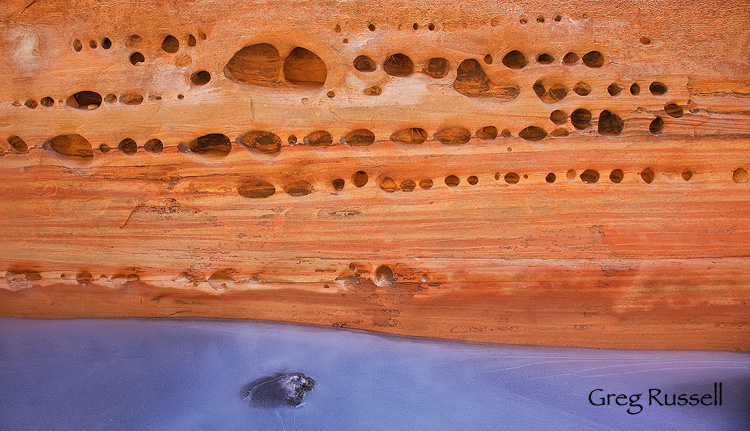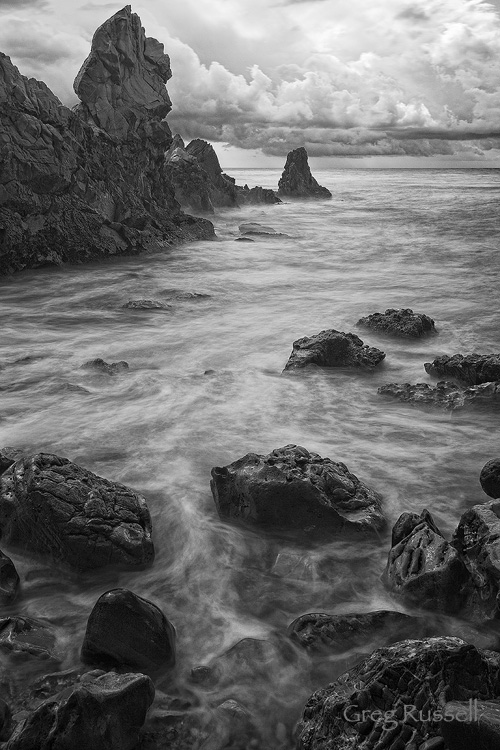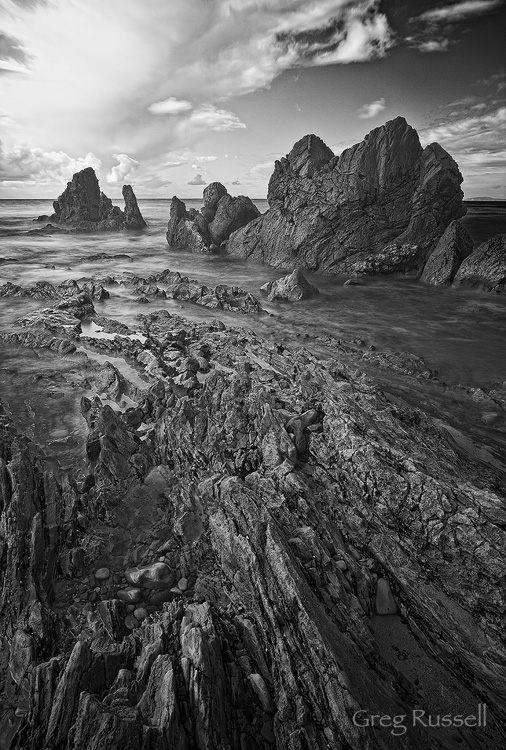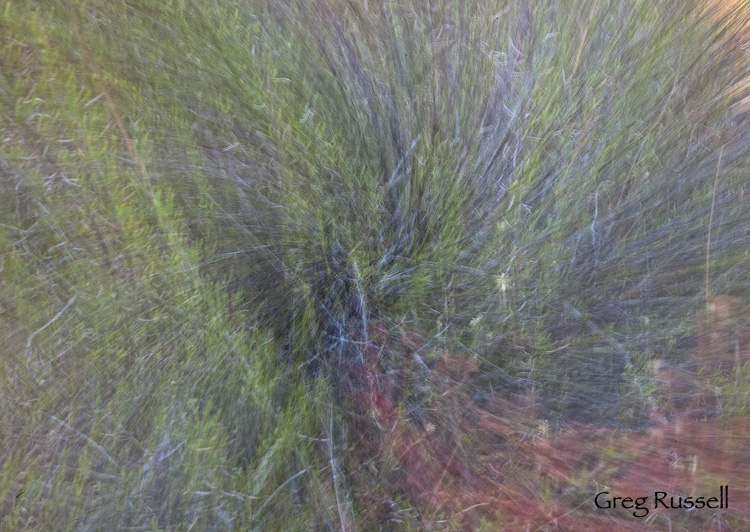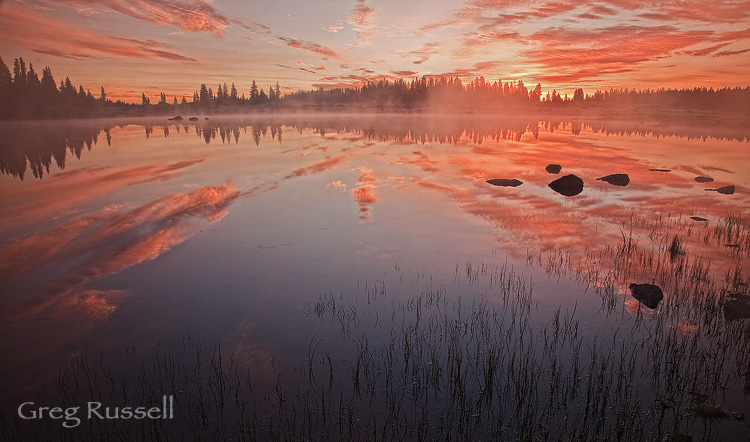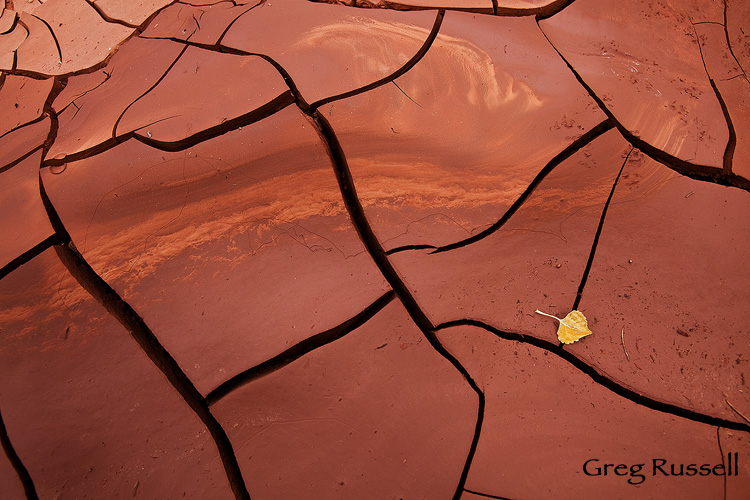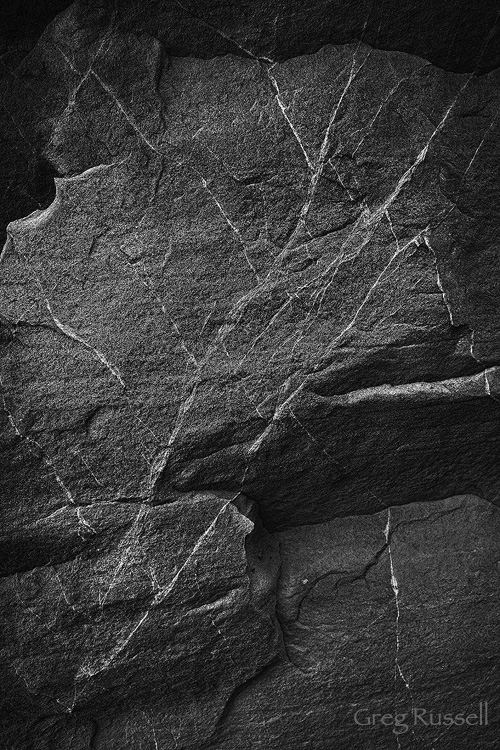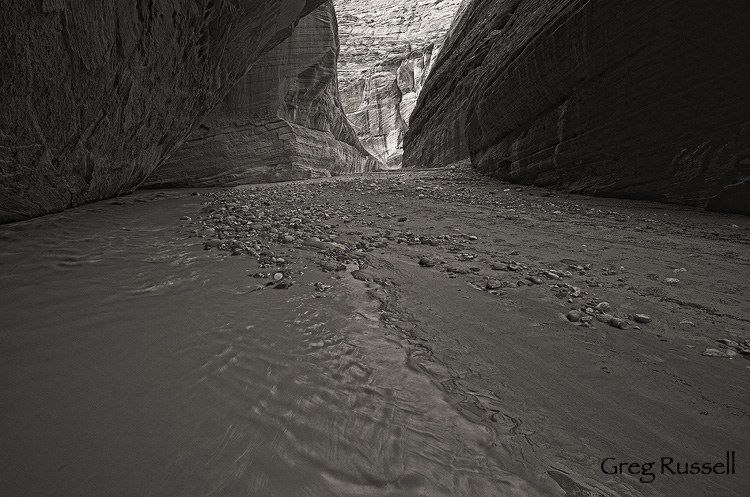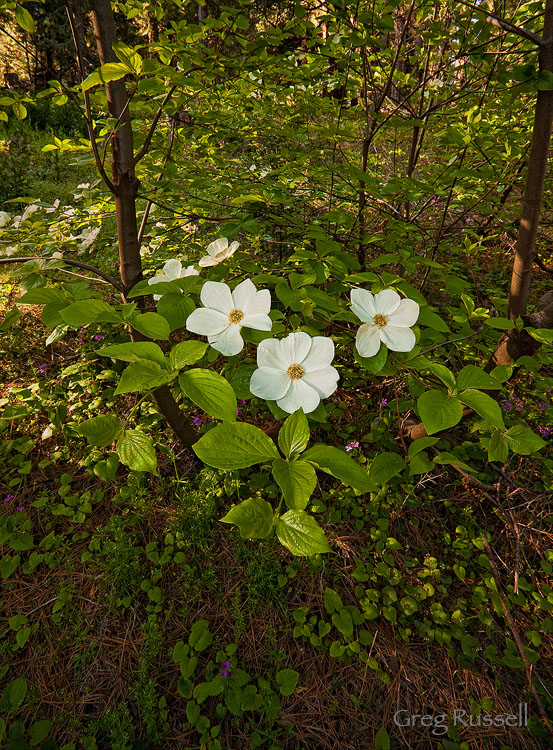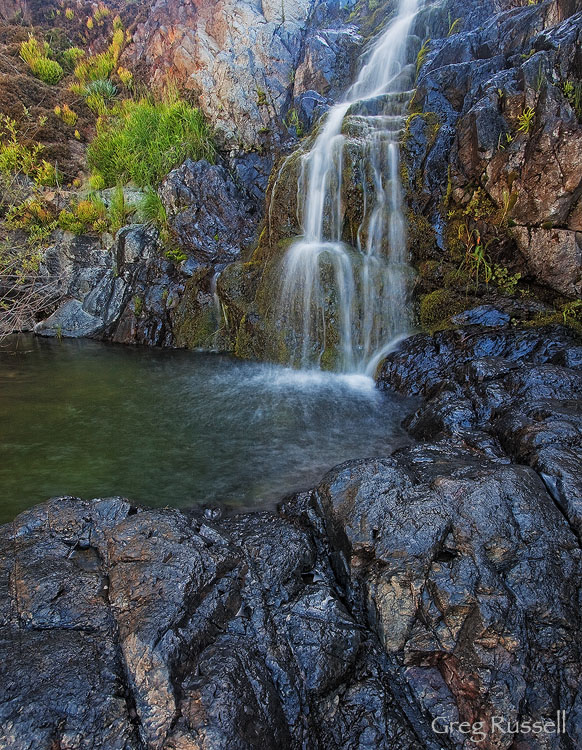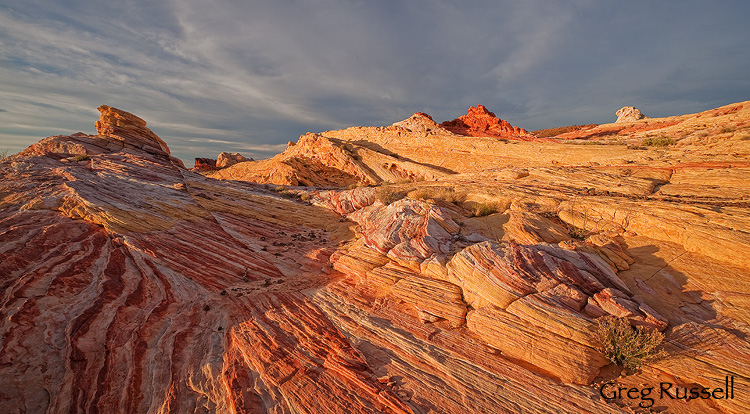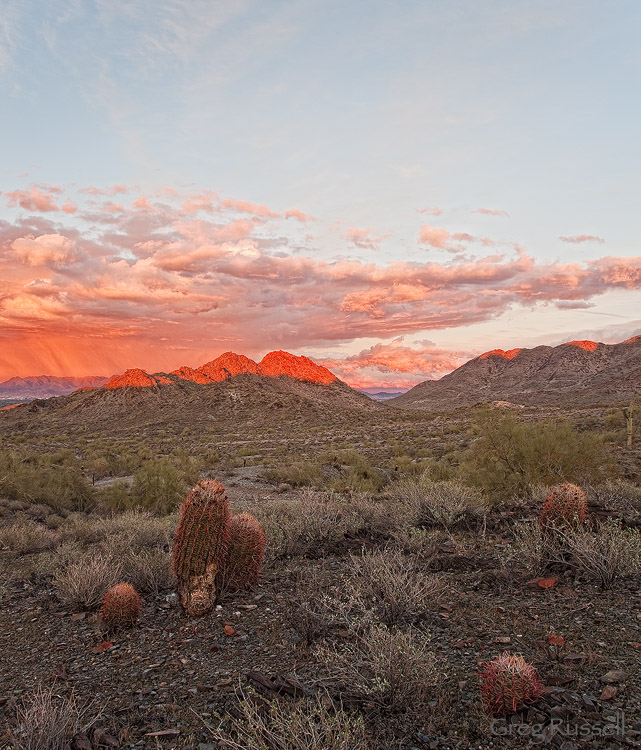In February, I featured this image as my photo of the month; I took it in Buckskin Gulch, Utah on a cold, icy day.
The original scene stopped me because I liked the chilly feeling in the ice, and the way the light was reflecting off the walls of the canyon; the tafoni created an interesting pattern in the flowing rock wall. In addition, I liked the sensuous line at the rock-ice interface. However, mostly I liked the contrast between warm and cold tones.
While I was happy with the original edit of the image, I have recently revisited it in an effort to accentuate the feeling the original scene gave me. With the current state of digital image processing, there are multiple ways to achieve my desired effect. Guy Tal recently published a great article on understanding white balance; understanding that there can be more than one appropriate white balance within a scene has been immensely valuable to me as my own processing skills have developed. Ultimately, I chose to use Nik’s Silver Efex Pro to give a slightly cooler color cast to the ice, thus conveying the contrast between warm and cool tones I originally envisioned when I was in the canyon on that cold January day.
While today’s cameras do an excellent job of capturing the “information” in a scene, there is still work to be done in bringing out the full potential in a scene during post-processing. What are some of your favorite techniques in doing this?
Incidentally, my friend Guy Tal does have an excellent and in-depth e-book devoted to this subject; you can read more about it at this link. Note that I’m not a member of his affiliate program, so I get nothing more than good karma if you purchase the e-book.


